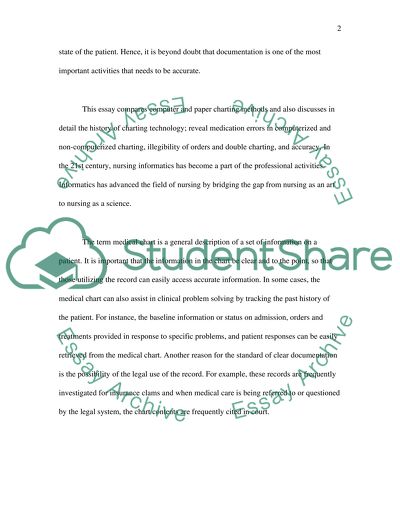Cite this document
(“Computer versus Paper charting for nurses Essay”, n.d.)
Computer versus Paper charting for nurses Essay. Retrieved from https://studentshare.org/miscellaneous/1520019-computer-versus-paper-charting-for-nurses
Computer versus Paper charting for nurses Essay. Retrieved from https://studentshare.org/miscellaneous/1520019-computer-versus-paper-charting-for-nurses
(Computer Versus Paper Charting for Nurses Essay)
Computer Versus Paper Charting for Nurses Essay. https://studentshare.org/miscellaneous/1520019-computer-versus-paper-charting-for-nurses.
Computer Versus Paper Charting for Nurses Essay. https://studentshare.org/miscellaneous/1520019-computer-versus-paper-charting-for-nurses.
“Computer Versus Paper Charting for Nurses Essay”, n.d. https://studentshare.org/miscellaneous/1520019-computer-versus-paper-charting-for-nurses.


